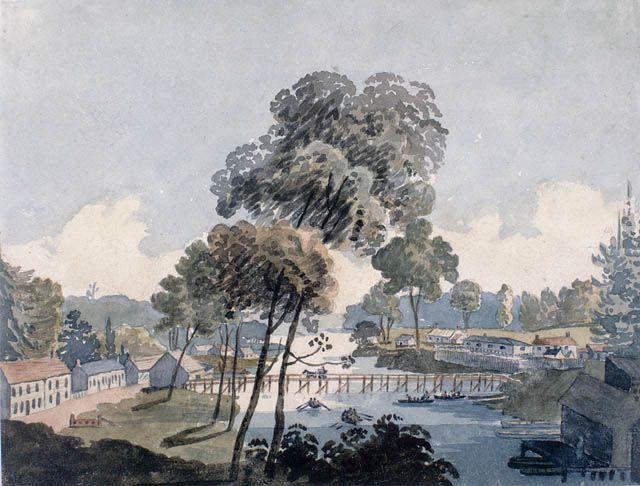10.6: Natural History Illustration (18th Century)
- Page ID
- 31914
A scientific illustrator is an artist who records the intricate parts of plants, animals, or birds. Using fine pens, pencils, and watercolor, the artist sketches small elements with exacting detail, creating an illustration. With the discovery of the new world, there was a great interest in the plants and animals in different areas, many of them unknown to the Europeans and considered strange and exotic. Explorers frequently hired illustrators to accompany them on their explorations to record the unusual discoveries, proof of what they encountered.
Sir Joseph Banks (1743-1820) graduated from Eton College, where he was introduced to botany, an obsession for the rest of his life. Banks (10.27) was an English botanist, naturalist, and a scientific artist collecting everything he saw in the natural world, bringing the fantastic images back to England. Banks sailed to Newfoundland, Labrador, and was on Captain James Cook's first grand voyage on the Endeavour (1768-1771) visiting Australia, New Zealand, Tahiti, and Brazil. Plants became something to collect in Europe, specimens of the unknown world, and Banks collections grew exponentially. On the Endeavour expedition, staggering numbers of unknown flora and fauna were recorded in drawings and rendered paintings of the natural world (10.28). Upon returning home to England, Banks employed several artists to finish the drawings from the trip and to engrave copper plates to mass-produce the prints.
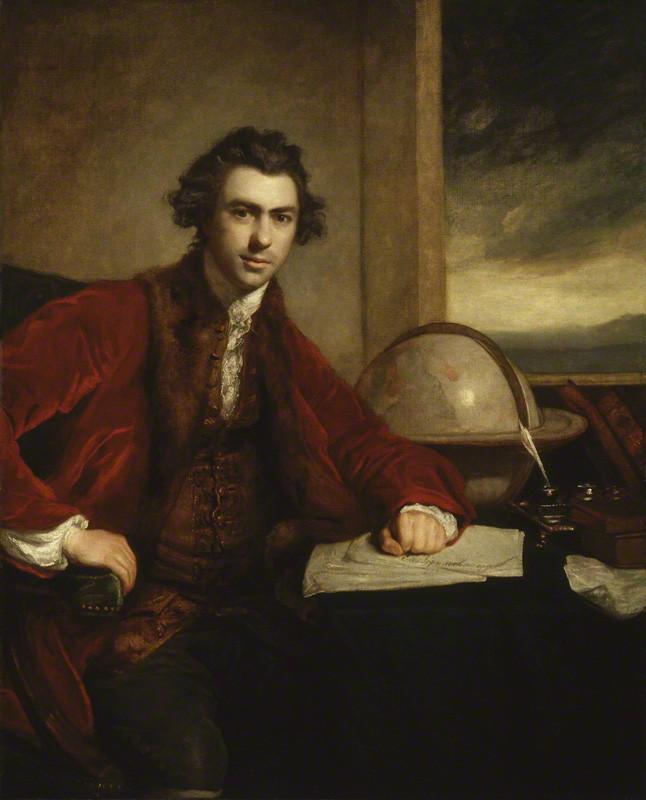
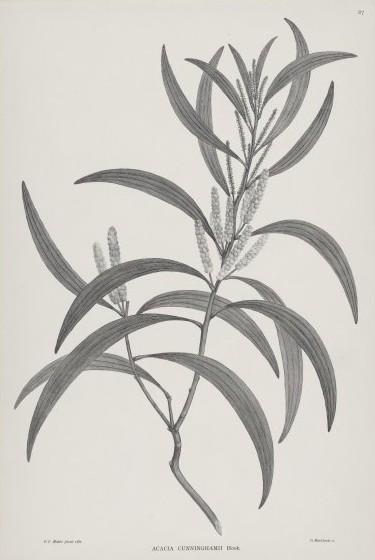
INTERACTIVE PAGE: The Endeavour botanical illustrations at the Natural History Museum
Sir Joseph Banks advocated for British colonization in Australia and introduced the eucalyptus and acacia trees to the world. He was friends with Carl Linnaeus and became an advisor to King George III, who supported discovery voyages. Banks has documented thousands of plants, birds, and wildlife, and a botanical collection of drawings from his travels were published in 1990 containing 35 volumes.
Sydney Parkinson (1745-1771), a Scottish Quaker, was a botanical illustrator who traveled with Joseph Banks on the HMS Endeavour. Parkinson drew more than 1000 illustrations on the voyage, living in a small, crowded cabin on the boat. His specimen compilations were extensive, and even though Parkinson died of dysentery on the voyage, Banks brought Parkinson's collection home to England. The Banksia Serrata (10.29), Banksia Integrifolia (10.30), and Banksia Dentata (10.31) are colored sketches by Parkinson when the species were collected at Botany Bay, Australia. The addition of watercolor after it was sketched brought the plant to life detailing the intricate leaf structures are as clear as a photograph.
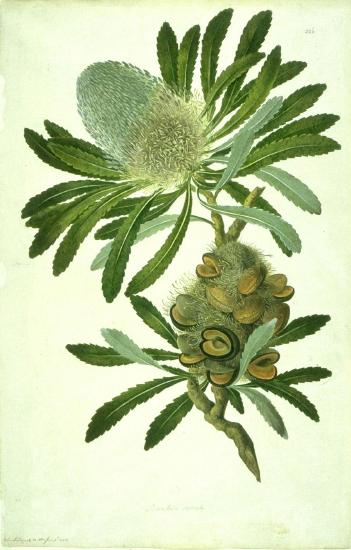
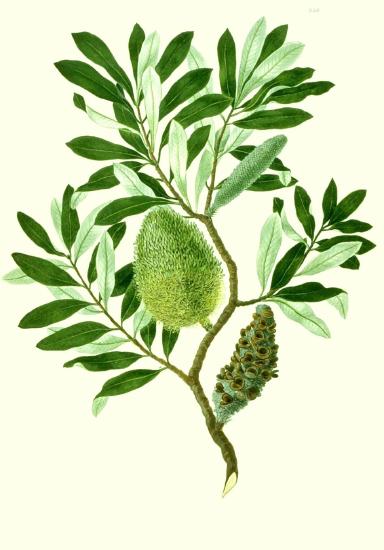
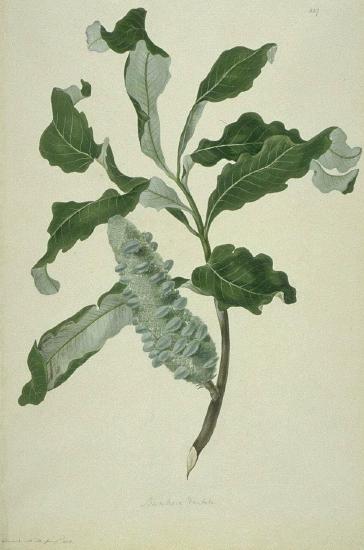
Another famous naturalist illustrator was John Audubon (1785-1851), noted for his extensive documentation of American birds in their natural habitats. One of Audubon's most famous work is the book The Birds of America, first printed in 1827 and considered the most beautiful ornithological works ever compiled. Audubon had a unique way of presenting the birds Wild Turkey (10.32) and animals in his work by focusing on the animal and placing it in the detailed background Mourning Dove (10.33). He would paint in the close-up range, putting the viewer in his place.
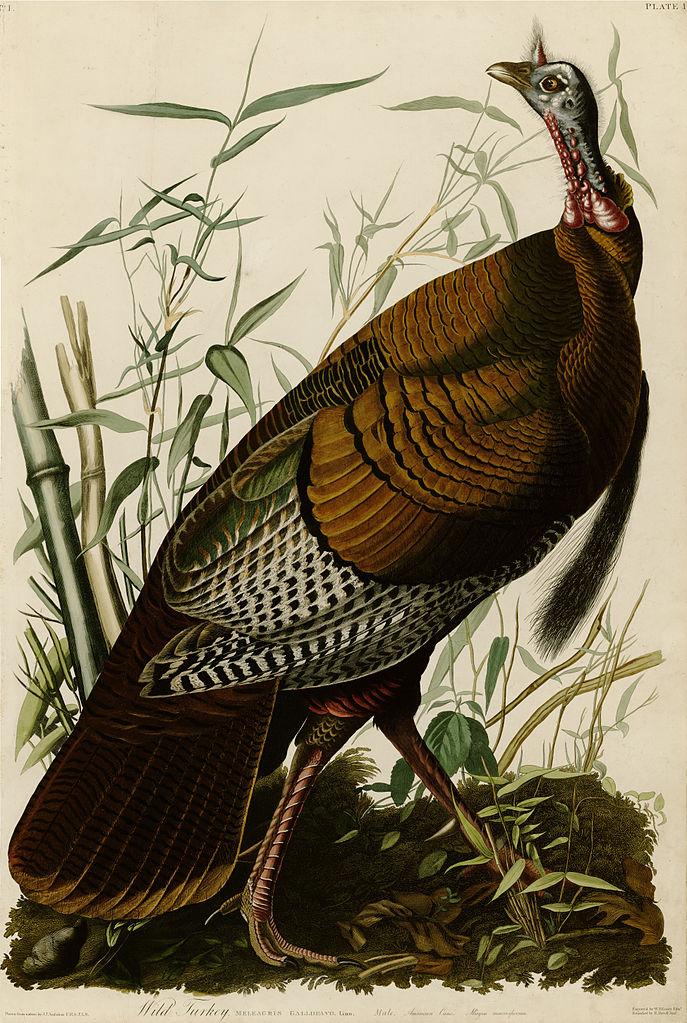

Audubon painted his subjects in more significant than life-size portraits, which became an overnight success in England. The highly dramatic depiction of birds Ivory-Billed Woodpecker (10.34) in their natural environment created a legacy, one that continues today with the Audubon Society.
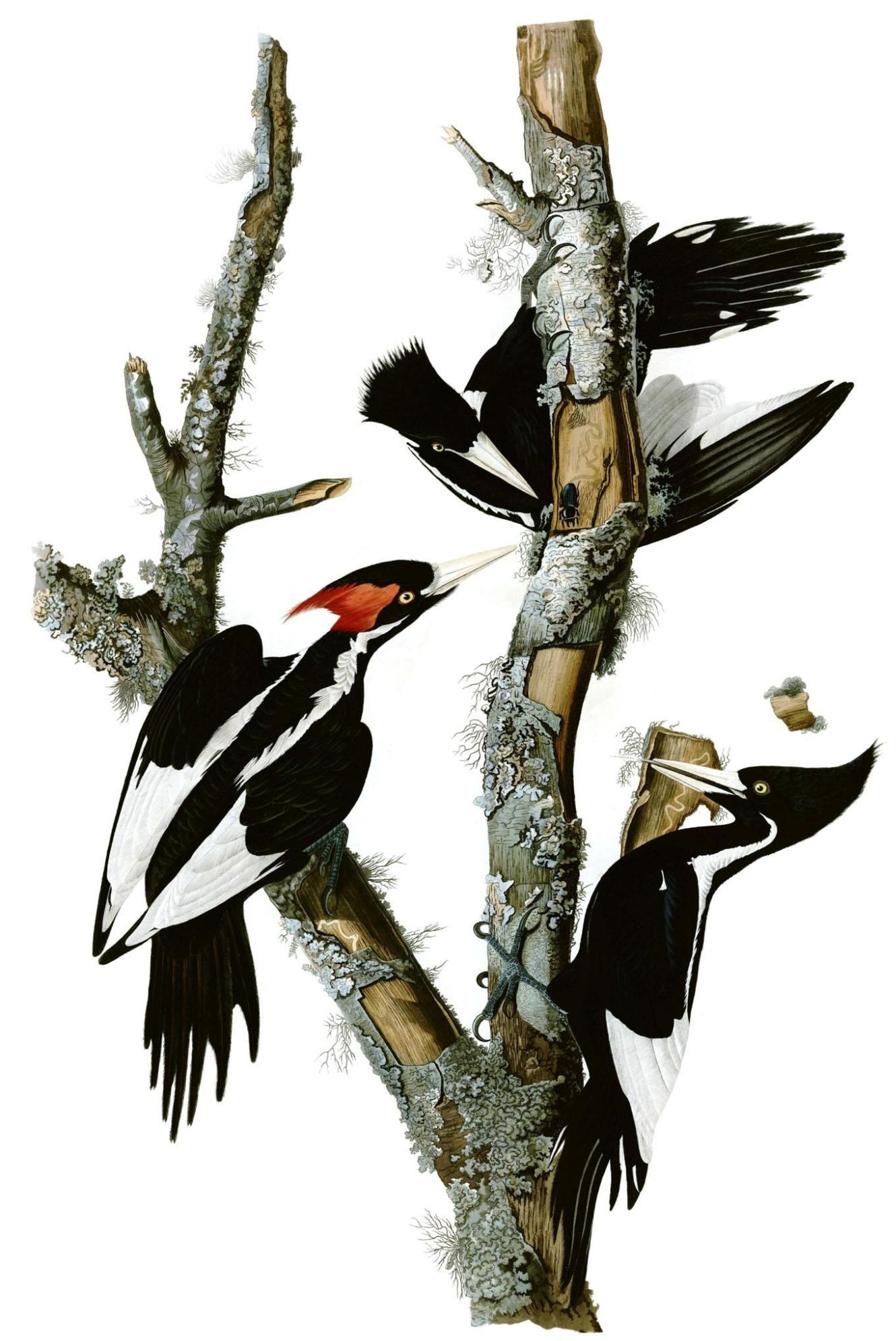
George Heriot (1759-1839) was a watercolorist and displayed many paintings at the Royal Academy of Arts in England. Originally from Canada, he spent a great deal of time outside, capturing the landscape on canvas. His unusual style of watercolor painting incorporated long, broad brushstrokes along with detailed work. In the Village of Chippawa near the Falls of Niagara (10.35), he painted the Kings Bridge in Chippawa, Ontario, using light colors with long shadows. Heriot also published two books about his travels through Canada.
